Phone Appointment
[smartblock id=45]WhatsApp Appointment
[smartblock id=46]When breast cancer is found at an early stage, more treatment choices may be available and the chance of a complete recovery is higher. Hence there are benefits to detect breast cancer as early as possible through regular breast screening.
Screening simply means performing a procedure or test to detect an abnormality before symptoms appear. This allows problems to be detected earlier, investigated and treated early.
Breast screening methods include:
Breast Self-Examination
Breast Self-Examination (BSE) is recommended once a month about 1 week from the first day of menses. For women who no longer menstruate, choosing a date each month is an easy way to remember. Report to the doctor any breast changes such as redness, swelling, presence of a lump, skin changes or discharge from the nipple.
Self-awareness of breast changes through regular BSE and being familiar with what is normal and stable is useful to detect abnormalities.
How to Perform Breast Self-Examination
1. Look for changes in front of a mirror
- First with arms at your sides
- Next with arms raised above your head
- Finally, with hands pressed firmly on hips and chest muscles contracted
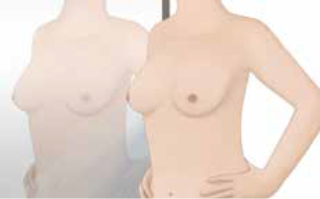
In each position, turn slowly from side to side and look for:
- Change in size or shape of your breasts
- Dimpling of the skin
- Change in nipples
2. Feel for the changes lying down
- Put a small pillow under your right shoulder
- Place your right hand under your head
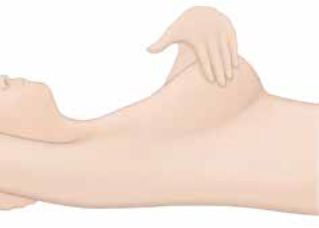
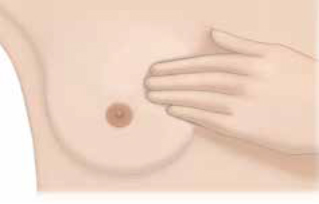
- Use the pulp of your left fingers to feel for any lumps or thickening in your right breast
- First feel the armpit
- Then start on the outside edge of your breast and feel round the whole breast in smaller and smaller circles
- Finally, feel behind the nipples itself
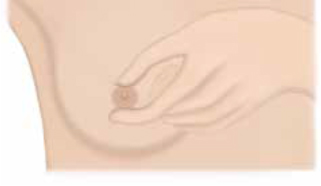
3. Look for bleeding or discharge from the nipple
- Squeeze the nipple gently to see if there is bleeding or any discharge
4. Repeat step 2 and step 3 for the left breast.
Clinical Examination
Have a doctor or breast specialist nurse examine your breasts once every year if you are 40 years and above. This includes a visual examination and a manual check of the entire breast and underarm area for changes. Changes in the breast may not be due to cancer and diagnostic tests may be performed to assess these changes.
Mammogram Screening
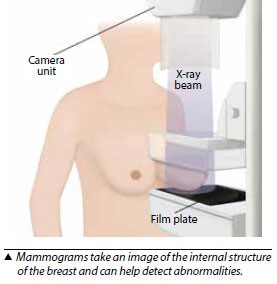 Mammography is a low-powered X-ray technique that gives an image of the internal structure of the breast. Usual screening mammograms involve taking X-ray images with the breast compressed between two plates with two views taken – cranial caudal or horizontal and mediolateral oblique or diagonal.
Mammography is a low-powered X-ray technique that gives an image of the internal structure of the breast. Usual screening mammograms involve taking X-ray images with the breast compressed between two plates with two views taken – cranial caudal or horizontal and mediolateral oblique or diagonal.
Additional angles and magnified views may be taken if there are areas of concern. It can detect the presence and position of abnormalities and help in the diagnosis of breast problems, including cancer.
The risk of developing breast cancer increases with age. Women with risk factors such as a family history of breast cancer should discuss with their doctors when to go for and the interval of regular screening.
There are other tests such as breast ultrasound, tomosynthesis and MRI, available for assessment of the breasts. These are not used for regular screening in well women and are used for further evaluation after initial screening mammogram, but may be considered for women with high risk of breast cancer.
Recommendations for Breast Screening
39 years and below
- Monthly breast self-examination
40 to 49 years
- Monthly breast self-examination
- Annual screening mammography
50 years and above
- Monthly breast self-examination
- Two yearly screening mammography

